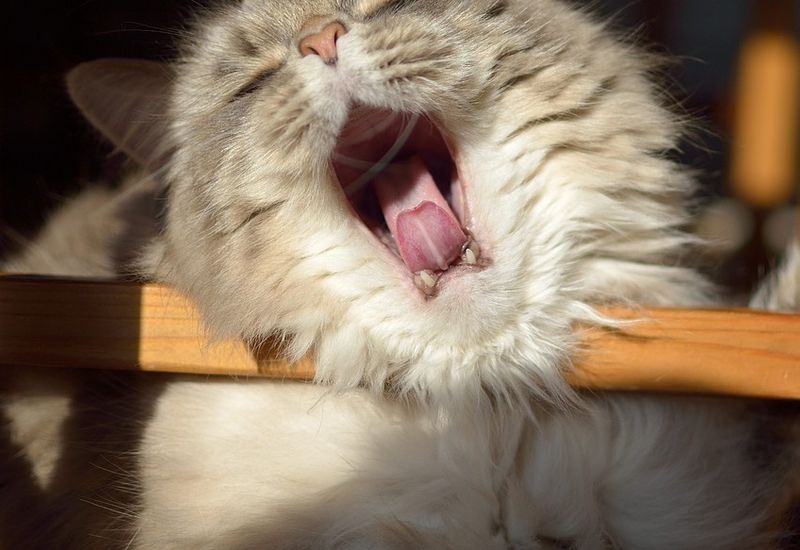Follow in the footsteps of Einstein, John F. Kennedy and Winston Churchill and take a nice snooze with the perfect power nap.
The Spanish have been doing naps right for hundreds of years. These siestas, often taken after lunch, are common throughout the Mediterranean and Southern Europe. In fact, 85% of mammalian species are polyphasic, meaning that they doze in several periods throughout the day. See, feeling sleepy already, aren’t you?
Humans aren't really supposed to have eight hours of solid sleep, then spend the next sixteen hours in back-to-back lectures then be chained to a desk in the library whilst mainlining Snickers bars and Red Bull. Sleeping through the night is a relatively new concept too; Dickens mentioned the second sleep in his books.
Humans evolved to grab a few hours of shut-eye in the middle of the day, possibly during the hottest hours when all the predators were asleep too. But somewhere along the way, modern society deemed it unacceptable for humans to give in to their natural need to catch forty winks. Even just a 20-minute nap can help, 30 minutes if you have the time. No wonder we’re so tired all the time.
Here are some of the benefits of naps, according to the National Sleep Foundation:
- Naps can restore alertness, enhance performance, and reduce mistakes and accidents
- Naps can increase alertness in the period directly following the nap and may extend alertness a few hours later in the day
- Napping has psychological benefits. A nap can be a pleasant luxury, a mini-vacation. It can provide an easy way to get some relaxation and rejuvenation
So, without further ado, here are our top tips for having the perfect nap.
Balance the temperature

You’ll want the room to be at a nice, comfortable temperature. Rather than trying to take a nap in a hot room where you keep kicking your blanket off, turn the thermostat down a little and snuggle up in a few layers.
Reduce noisy interruptions
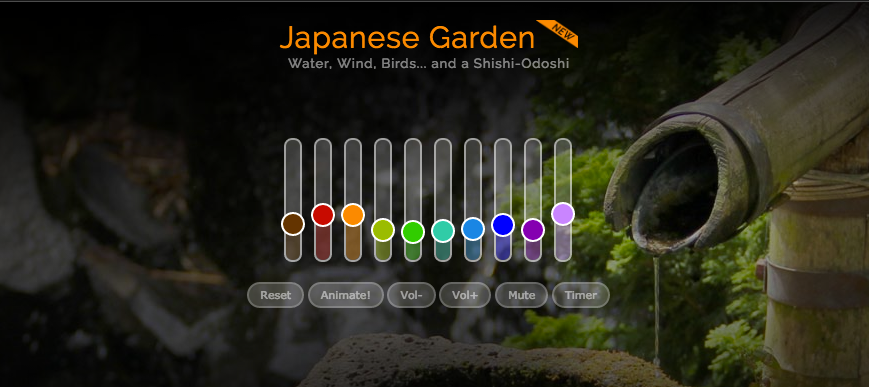
If you’re trying to nap in your halls or a shared house, other people can be very loud and annoying. If you can politely tell them to keep it down a bit, then do so. If that’s not possible, invest in some good earbuds or noise-cancelling headphones. I find that listening to soothing soundscapes such as the Japanese Garden from myNoise helps to block out the racket that is Jeremy Kyle.
Light
Draw those curtains! Or, if you’ve accidentally ripped those off, grab a comfy eye mask. The darker it is, the easier your brain will find it to get into sleep mode.
Timing
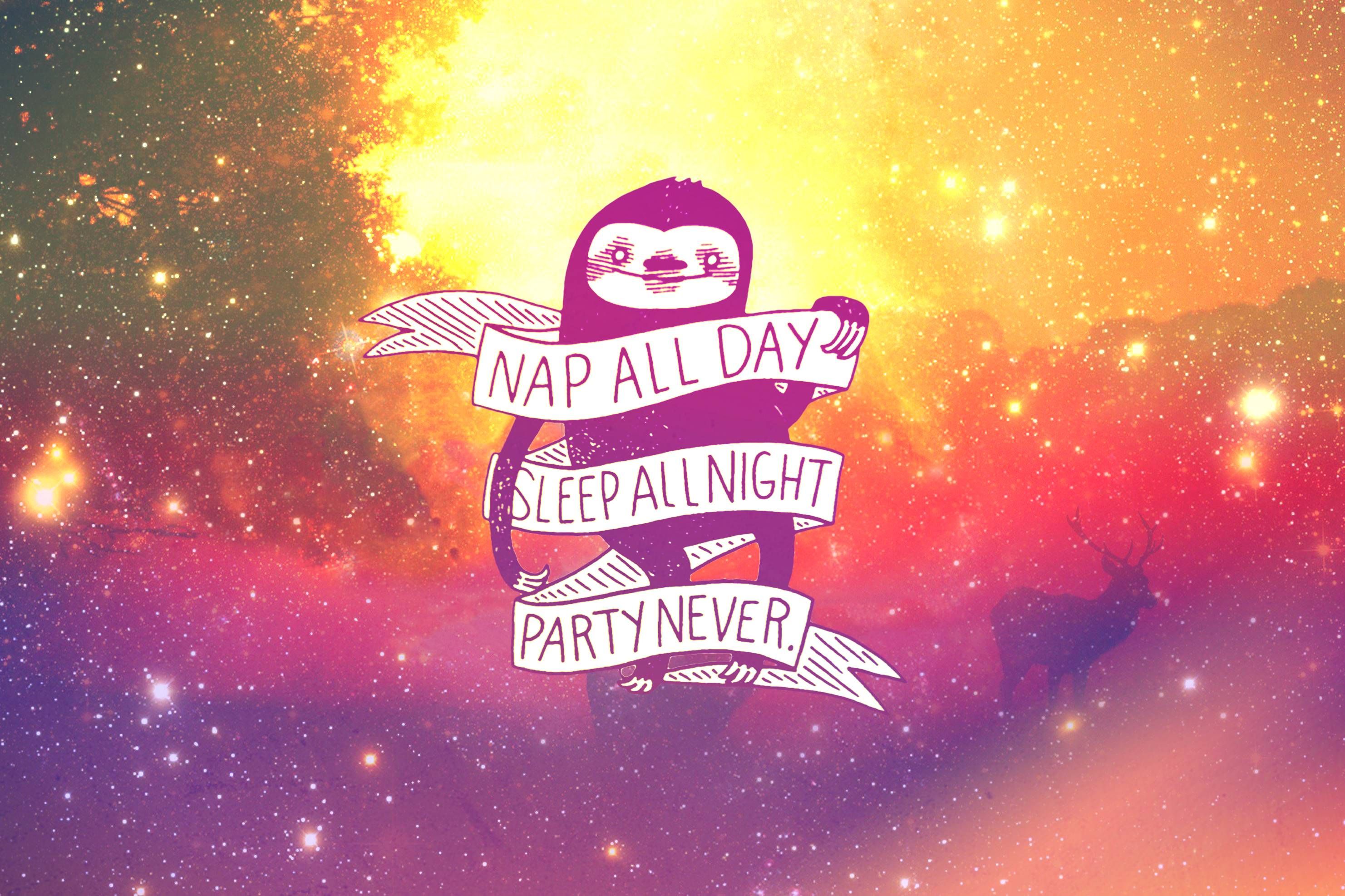
The Spanish and their siestas have got the right idea again - try not to nap too late in the day. Just after lunch is the optimal time, or you risk disrupting your circadian rhythms and you’ll find yourself bouncing around at 2am, completely awake.
Length
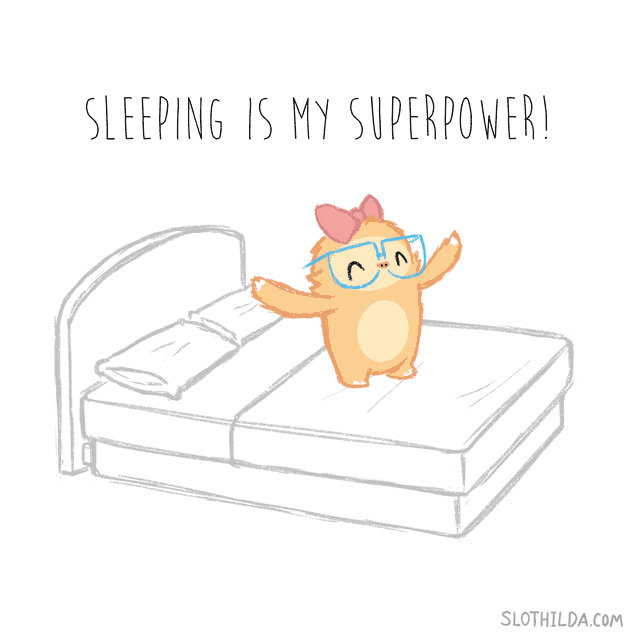
Aim for about 15 - 25 minutes, and no longer than 30 or you risk becoming completely groggy for the rest of the day. Factor in time for you to doze off, and set an alarm to help you stir at the perfect time.
Caffeine

One tip to help boost your post-nap effectiveness is to have a cup of coffee before you lay that lovely head down. Caffeine typically takes 15-20 minutes to be absorbed into your system, so by the time you wake up you should be feeling the benefits and be ready to get back into that dissertation.
Optimise your nap space
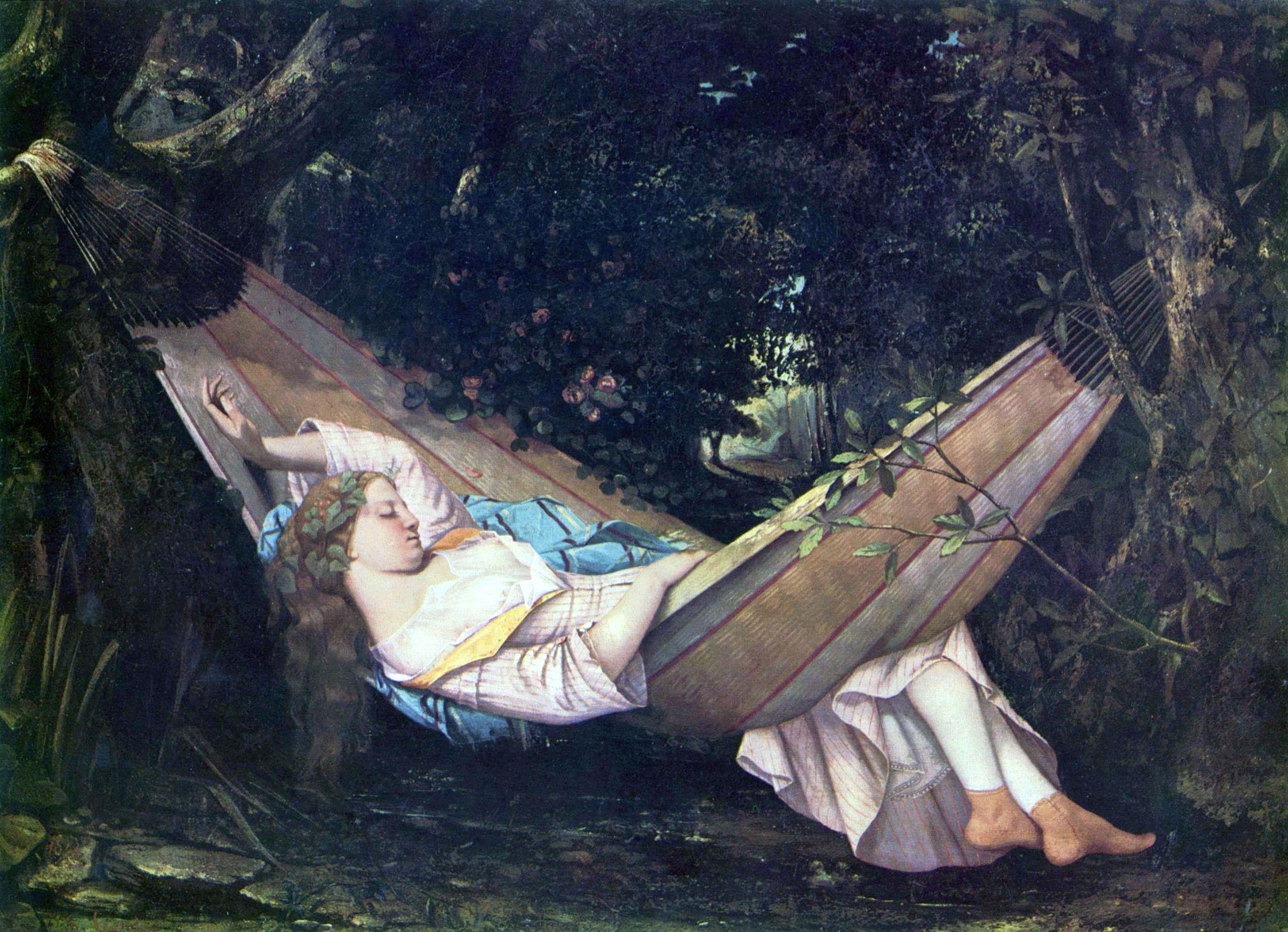
Obviously, the best place to take a nap is in your own home or room. Some people particularly like napping on the sofa, because it maintains the distinction between bedtime and nap time. Find somewhere comfy, cool, and private.
Maybe sprinkle some lavender drops on your pillow, or make a snuggly hot water bottle. Or find a hammock, like the subject of Gustave Courbet's 'Die Hängematte' (The Hammock).
So, throw convention to the wind and take pride in your midday sleep. You’ll be more alert, it will be easier to tackle dull essays, and you’ll be an all-around more productive student. Maybe.
Now, go forth and nap!
Do you love or hate naps? Join the Student Hut Community to get access to paid surveys and exclusive content/opportunities straight to your inbox.

